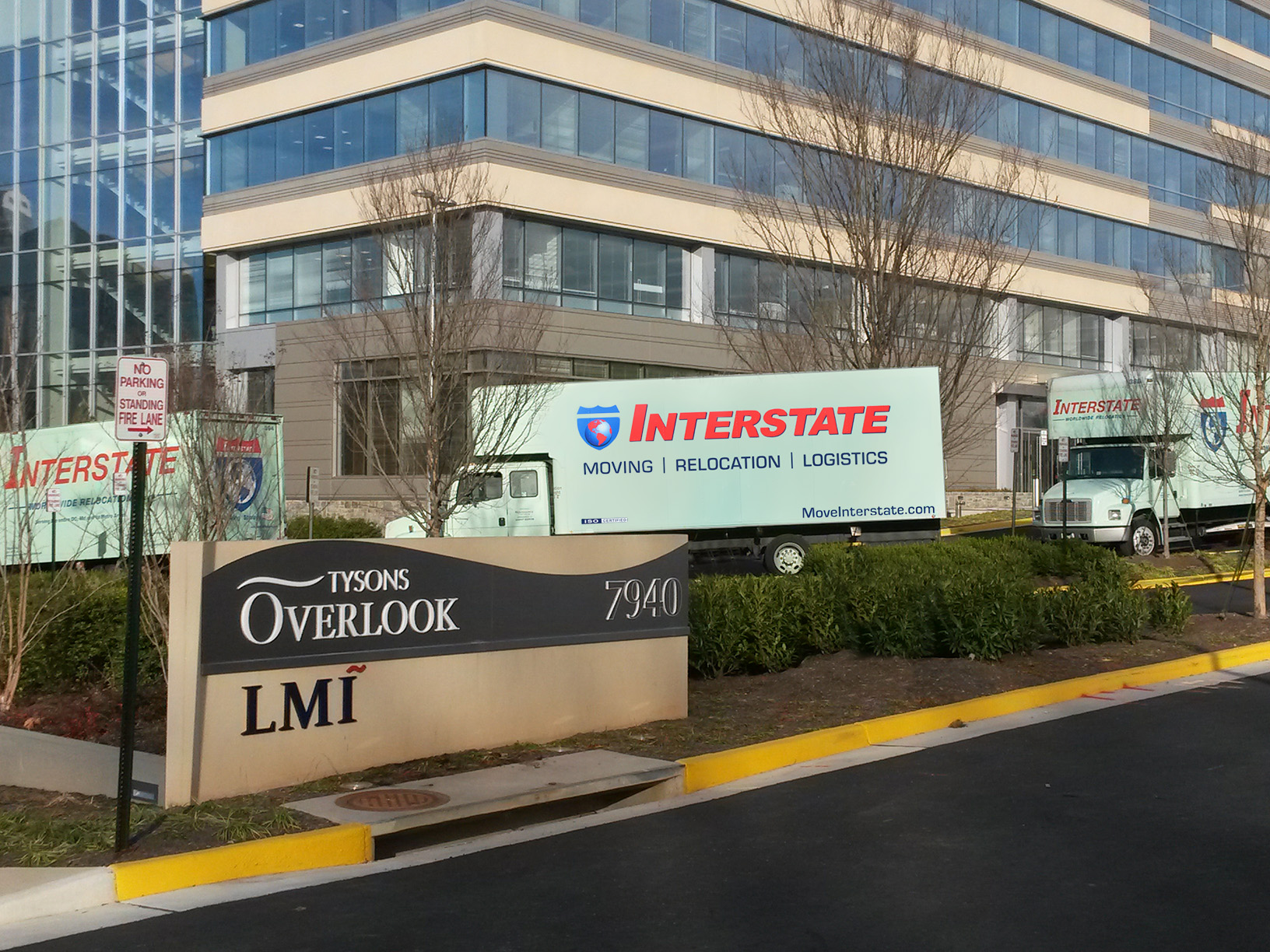Whether you’re moving for a new job, understanding the process can save you time, money, and headaches.
Whether you’re moving a small apartment or relocating an entire home, this guide will help you navigate the process confidently.
By the end, you’ll know the key steps and insider tips to make your interstate move successful and stress-free.
Understanding the Scope of Interstate Moving
When you cross state lines, your move falls under federal regulations, typically overseen by the FMCSA (Federal Motor copyright Safety Administration).
You also need to account for different transport rules in each state.
Most importantly, the logistics are more complex: multi-day delivery windows come into play.
Finding the Perfect Cross-State Moving Partner
Selecting the right interstate moving company is crucial for a successful relocation. Start by checking for proper licenses and insurance—legitimate companies must have a USDOT number issued by the Department of Transportation.
Ask about additional fees such as fuel surcharges, long carry charges, or storage if needed.
Taking time to vet your moving company can save you stress, money, and avoidable delays.
Understanding Interstate Moving Price Calculations
Another key factor is the weight or volume of your shipment; heavy or bulky loads increase both transport and handling fees.
If you request professional packing, furniture disassembly, custom crating for delicate items, or temporary storage, these all add to the base price.
Planning ahead and informing your moving company about these conditions helps avoid surprise charges on moving day.

Effective Planning for Moving Between States
Early preparation gives you enough time to handle unexpected challenges calmly.
Create a detailed list of what you’re moving, noting valuable or fragile items.
This ensures you’re comfortable and organized even if your shipment is delayed or you need time to unpack.
How to Choose the Best Type of Interstate Service
Partial-service movers let you pack your own boxes while they handle transportation and heavy lifting, reducing costs.
Freight shipping companies also offer options for large shipments that don’t need full moving crews.
Understanding your specific needs ensures you select the best option detalhes aqui for para ver acesse a leia mais aqui smooth and cost-effective interstate relocation.

Top Pitfalls in Long-Distance Moves
One of the biggest mistakes in interstate moving is underestimating time and effort.
Hiring unlicensed companies or falling for low-ball quotes can lead to scams, damaged goods, or lost belongings.
Using cheap boxes, skipping labels, or failing to protect fragile items increases the risk of breakage.
Budget-Friendly Strategies for Interstate Relocation
Every extra pound adds to the total bill, so sell, donate, or recycle items you no longer need.
Some movers offer price matching, discounts for flexible dates, or savings for booking during off-peak seasons.
Lastly, consider doing part of the work yourself.
Wrapping Up Your Interstate Moving Journey
Whether you’re relocating a small apartment or a full household, understanding the process empowers you to make informed decisions.
By following expert tips and avoiding common mistakes, you can reduce stress and ensure your belongings arrive safely.
With the right mindset and resources, moving to another state can be a smooth and rewarding transition.
Your Interstate Moving Questions Answered
Are there budget-friendly options for moving out of state?
Comparing multiple quotes and moving during off-peak seasons also helps lower costs.
How early should I book an interstate moving company?
Early booking secures your preferred dates and gives you time to prepare.
Are there things I can’t include in an interstate move?
Movers typically won’t transport hazardous materials, perishables, firearms, or plants across state lines.
What insurance options are available for long-distance moves?
Review your coverage options carefully and understand the claims process before moving day.
Do movers provide tracking for long-distance relocations?
Ask your company about their communication methods and tracking options.